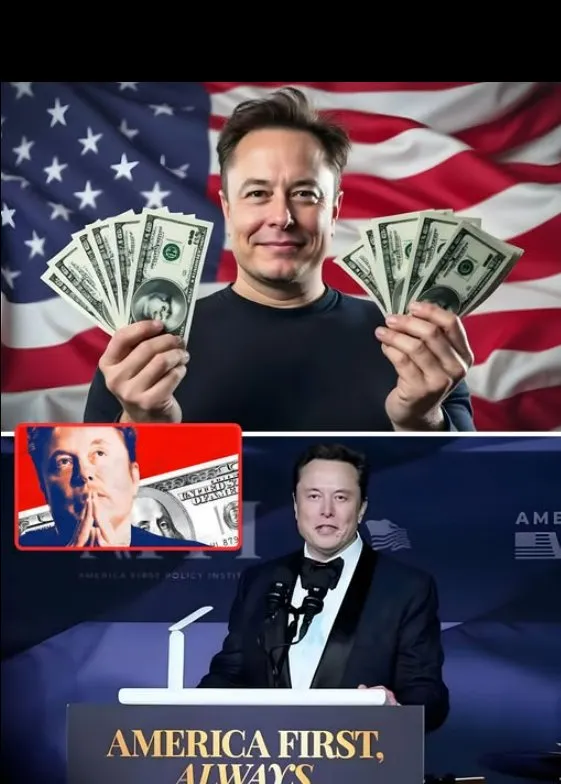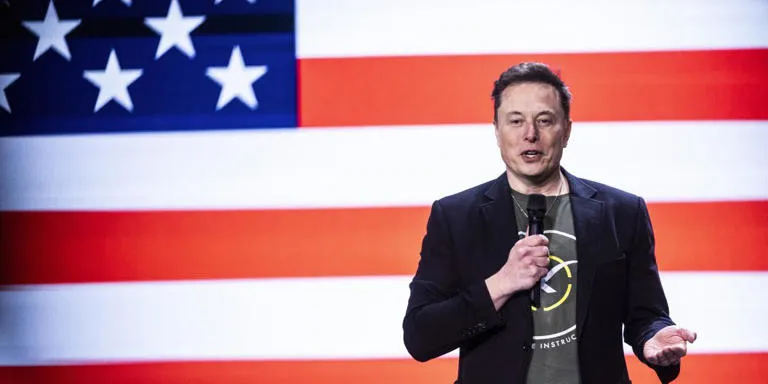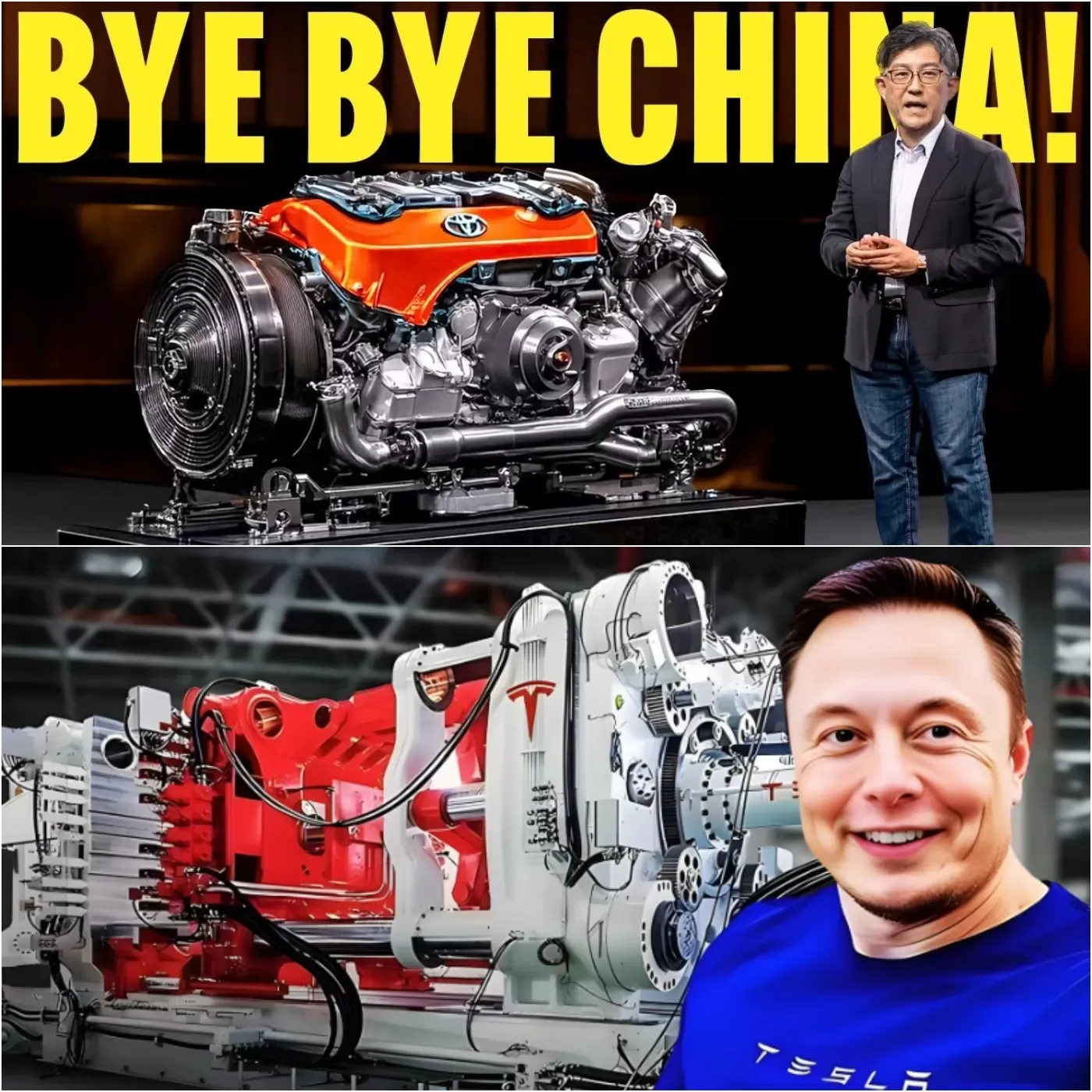Elon Musk, the visionary CEO of Tesla, has once again made headlines by unveiling a groundbreaking innovation that promises to transform the housing market. His latest project is the $15,000 sustainable home, a revolutionary concept aimed at offering affordable, eco-friendly living solutions to people worldwide. The announcement comes at a time when the global demand for sustainable living is at an all-time high, and Tesla’s reputation for pushing technological boundaries makes this development particularly significant.

The sustainable home, designed and manufactured by Tesla, integrates cutting-edge technology and sustainable materials to create an energy-efficient living space that is both affordable and environmentally friendly. Musk’s ambitious goal is to make these homes accessible to a broader population, particularly those who have long struggled with the high cost of living and the rising demand for housing.

Tesla’s $15,000 sustainable home is a perfect example of how innovation can play a key role in addressing some of the most pressing issues facing society today, such as climate change, urbanization, and the growing need for affordable housing. Musk’s vision for the future goes beyond just creating a product; he is looking to change the entire paradigm of homeownership and energy consumption.

The sustainable home is equipped with Tesla’s latest solar technology, including solar panels and energy storage systems, which allows the home to generate and store its own electricity. This ensures that the home remains off the grid, reducing reliance on traditional power sources and significantly lowering utility costs. The home also incorporates energy-efficient insulation and climate control systems, making it comfortable year-round while minimizing energy consumption.
In addition to its technological advancements, the design of the sustainable home is sleek and modern, with a minimalist aesthetic that appeals to a wide range of tastes. The home is modular, meaning it can be customized and expanded to meet the specific needs of the owner. This flexibility is particularly important in the context of growing urban populations, where space is often limited and the need for adaptable living solutions is essential.
Tesla’s $15,000 sustainable home also addresses the issue of waste by utilizing recycled and sustainable materials in its construction. This not only reduces the environmental impact of the building process but also ensures that the home itself is made from eco-friendly components that can be reused or repurposed at the end of its lifespan.
Musk’s vision for affordable and sustainable living is not just about creating a product for the wealthy or the tech-savvy. His goal is to make these homes accessible to everyone, from young families to retirees, from urban dwellers to those living in rural areas. The low cost of the home is made possible by Tesla’s ability to leverage its existing technology and production capabilities, which enables the company to build these homes at a fraction of the cost of traditional housing.
The introduction of the $15,000 sustainable home has the potential to disrupt the housing market in profound ways. It challenges the conventional model of homeownership, which often relies on expensive mortgages, high-interest rates, and long-term financial commitments. Instead, Musk’s vision offers a more affordable and sustainable alternative that could reshape the future of housing and energy consumption.
The reaction to Musk’s announcement has been overwhelmingly positive, with many praising his ability to blend innovation with social responsibility. As the world continues to face the challenges of climate change and resource depletion, the need for sustainable solutions has never been more urgent. Tesla’s sustainable home offers a tangible way to address these issues, providing a glimpse into a future where affordable, eco-friendly living is the norm rather than the exception.
Despite the excitement surrounding the release of the $15,000 sustainable home, there are still challenges to overcome. One of the biggest hurdles is scaling up production to meet the growing demand for these homes. While Tesla has already demonstrated its ability to manufacture large quanтιтies of electric vehicles and energy products, the homebuilding industry operates on a different scale and may require additional adjustments to Tesla’s existing production processes.
There are also questions about the long-term durability and maintenance of the sustainable homes. While Tesla’s technology is known for its innovation and reliability, home construction presents unique challenges, particularly when it comes to factors such as weathering, wear and tear, and structural integrity over time. However, Musk’s track record of overcoming technical challenges in other industries suggests that these concerns may be addressed in the near future.
The introduction of Tesla’s $15,000 sustainable home is a bold step forward in the pursuit of affordable and eco-friendly living. It aligns with Musk’s broader mission to accelerate the world’s transition to sustainable energy and create solutions that can improve the quality of life for people around the globe. As the world continues to grapple with environmental challenges, innovations like Tesla’s sustainable home will play an increasingly important role in shaping the future of housing and energy.
In conclusion, Elon Musk’s unveiling of the $15,000 sustainable home marks a significant milestone in the evolution of affordable, eco-friendly living. This visionary project has the potential to reshape the housing market, offering a sustainable alternative to traditional homeownership that is both cost-effective and environmentally responsible. While challenges remain, Tesla’s ability to combine innovation, sustainability, and affordability could pave the way for a new era of housing that prioritizes both people and the planet. As the world looks toward a more sustainable future, Musk’s sustainable home is a powerful reminder that the solutions to some of our most pressing challenges are within our reach.





